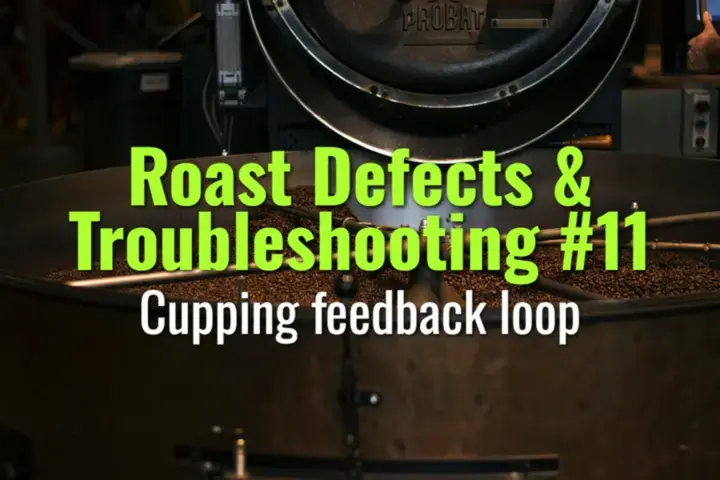Cupping feedback loop
How to use cupping sessions to inform roast adjustments and improve coffee consistency.
- Coffee Basics Nerds
- 1 min read

Key Concepts
-
Structured Cupping:
-
Evaluate aroma, flavor, acidity, body, and aftertaste systematically.
-
Use standardized scoring forms to quantify sensory observations.
-
Linking Roast Profiles to Sensory Results:
-
Identify defects like underdevelopment, over-roasting, or uneven extraction.
-
Correlate cupping notes with specific roasting parameters (RoR, development time, charge temperature).
-
Iterative Feedback Loop:
-
Adjust roast profiles based on cupping insights.
-
Retest with small batches to confirm improvements before full-scale production.
-
Team Collaboration:
-
Share cupping results with roasting team for collective learning.
-
Maintain clear records of profile changes and sensory outcomes.
-
Continuous Improvement:
-
Use historical cupping data to refine roast approaches.
-
Implement corrective actions consistently across batches.
Summary
The cupping feedback loop is essential for translating sensory evaluation into actionable roasting adjustments. Systematic cupping ensures roast consistency, highlights defects, and drives continuous improvement.